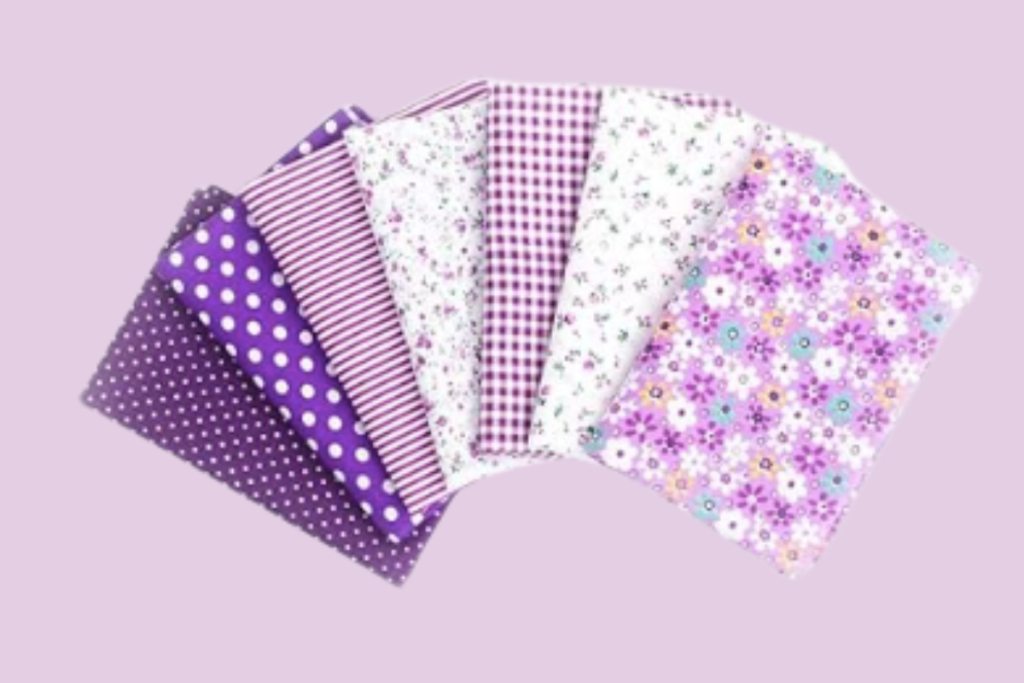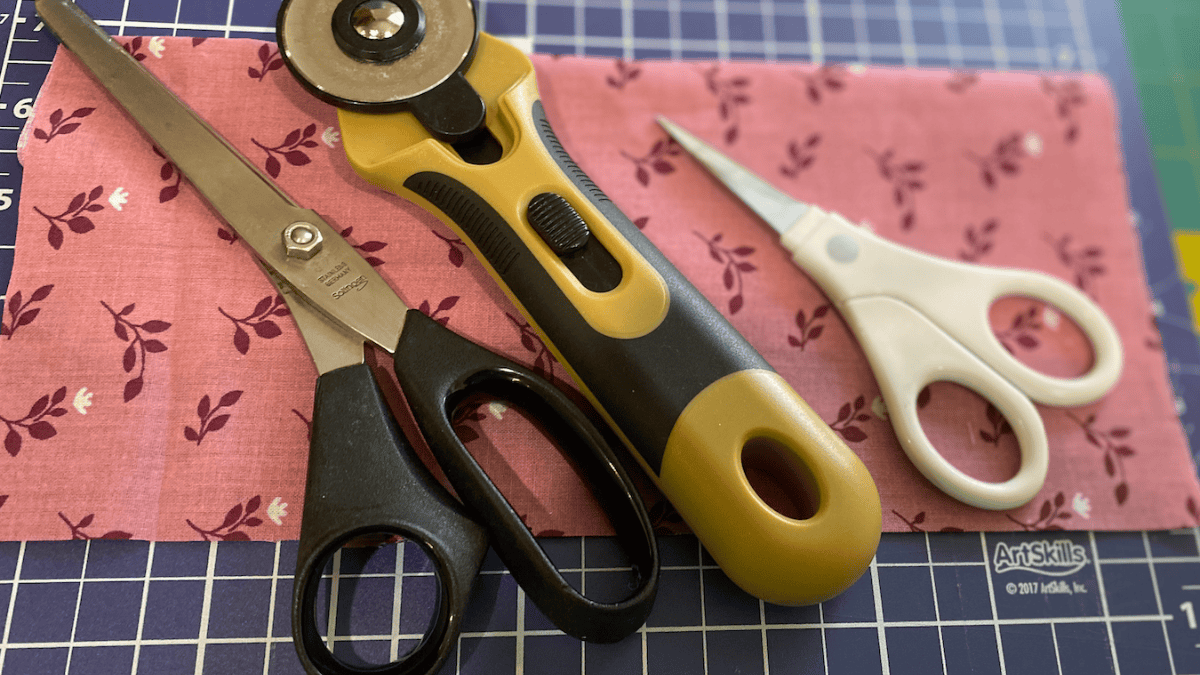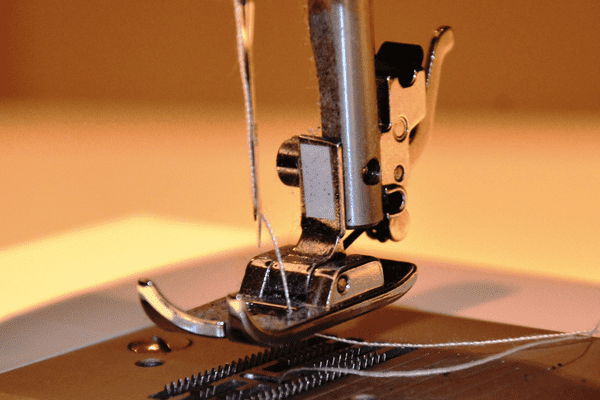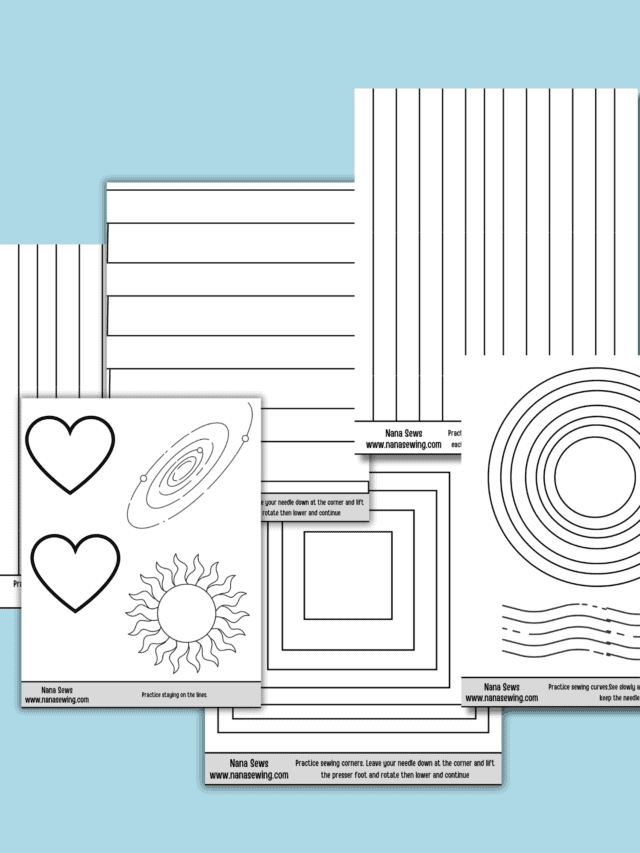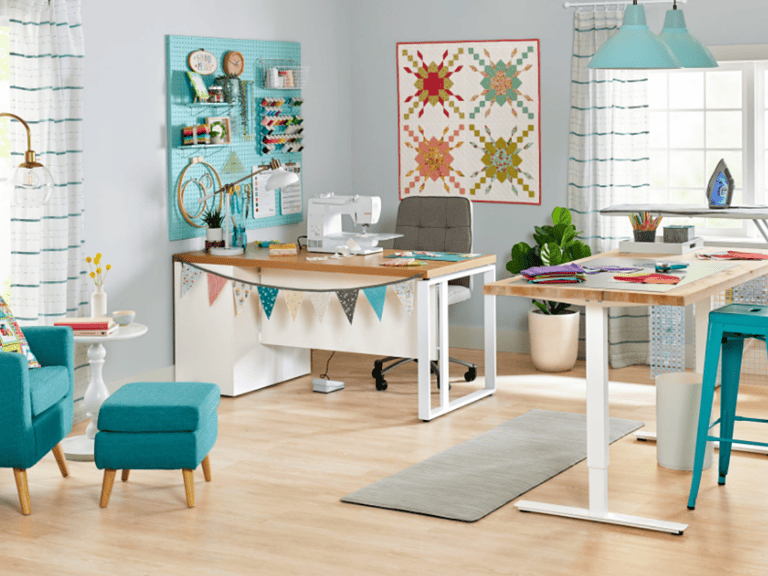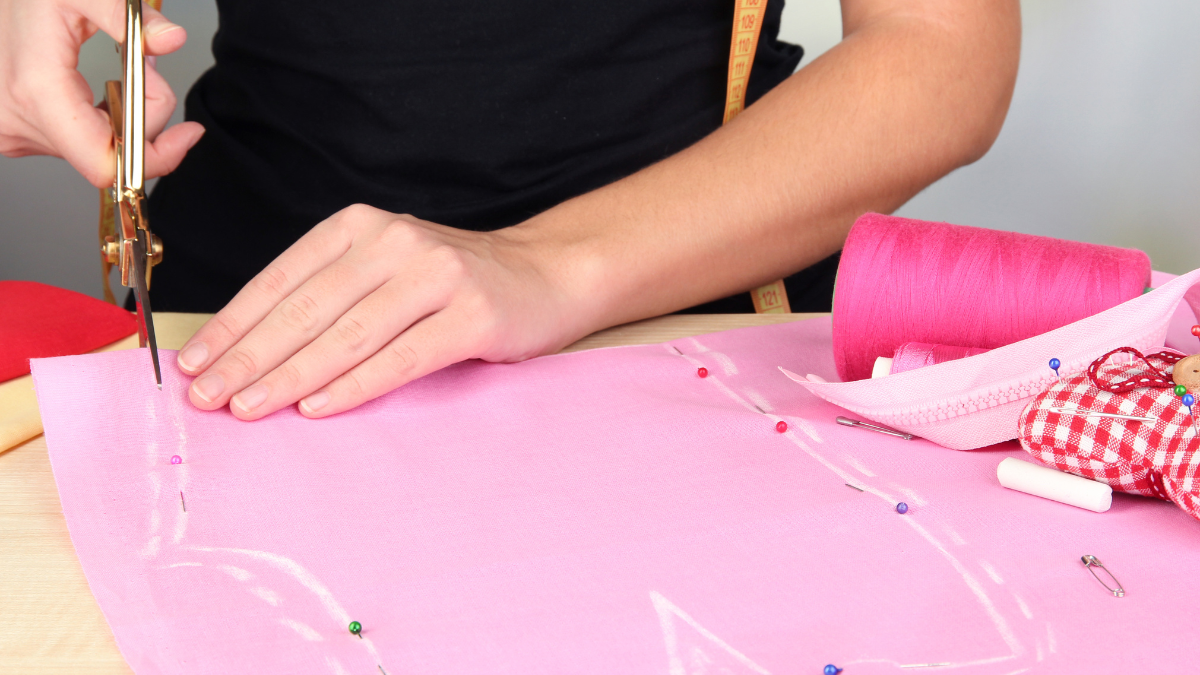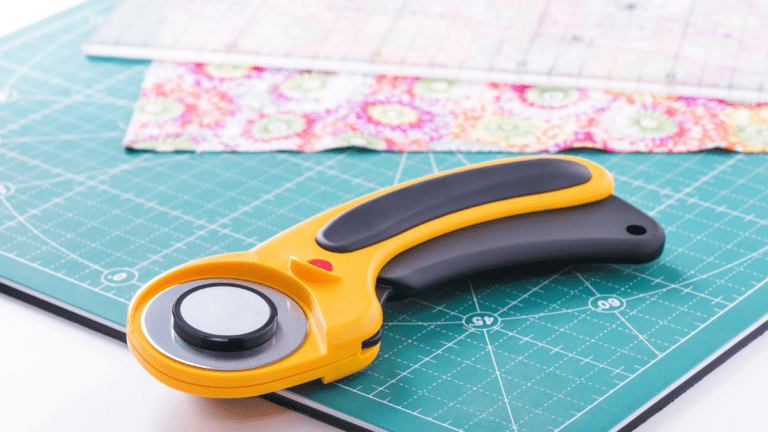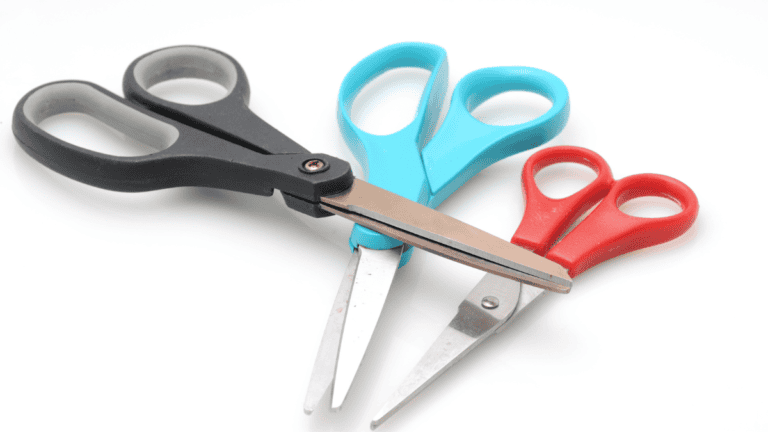5 Best Scissors For Cutting Fabric You Will Find Affordable
Scissors are one of those essential tools, especially when it comes to cutting fabric. So it’s important to know the best scissors for cutting fabric.
You want a pair that glides smoothly through any material without snagging or fraying the edges.
However not all scissors are created equal, and when you’re aiming for precision and clean cuts, the importance of choosing the best scissors for the job cannot be overstated.
The market offers an array of options: from heavy-duty shears designed for thick fabrics to delicate embroidery scissors perfect for intricate work.
As you navigate the sea of choices, consider what types of fabric you’ll be dealing with.
Whether you’re a seasoned tailor or just starting out, finding scissors that fit comfortably in your hand is as crucial as the sharpness of the blade.
After all, comfort leads to better control, which in turn leads to more accurate cutting.
Durability matters, too. Investing in a high-quality pair of scissors means you won’t have to replace them frequently.
Look for ones crafted from strong materials like stainless steel.
They might cost a bit more upfront, but the longevity and improved performance are worth the initial expense.
Plus, you’ll appreciate the clean, crisp lines they produce as you work on turning your fabric into a masterpiece.
Best Scissors For Cutting Fabric
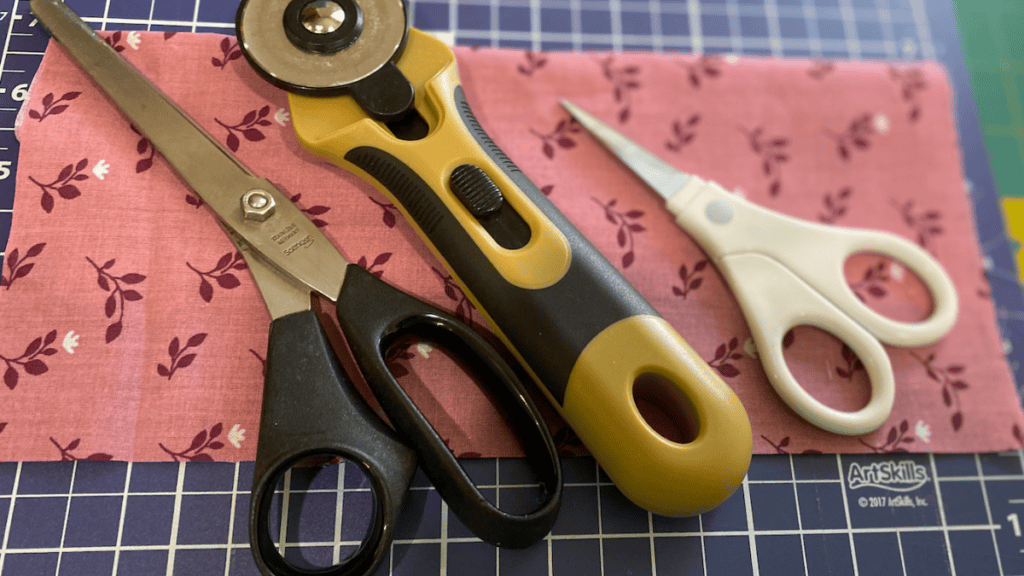
See all of the Best Scissors for Cutting Fabric
When you’re gearing up for a fabric-cutting project, snagging the best scissors with the right fit, sharpness, and quality is crucial for a clean cut.
Types and Sizes
There’s a whole world of scissors for different tasks: small scissors for detail work, long blades for straight cuts, and shorter blades for more control.
For most fabric cutting, long-bladed sewing scissors are your go-to. Use smaller ones, like embroidery snips, for trimming and snipping thread.
- Best scissors for long cuts: 8-10 inches
- Best for intricate work: 4-5 inches
Material and Quality
You don’t want to skimp on high-quality scissors. Look for stainless steel blades because they stay sharp and resist rust.
High-quality materials ensure durability and a sharp edge for longer.
Metal scissors with a lifetime warranty could be a sign that you’re onto something good.
- Stainless steel: Preferred for sharpness
- High-quality build: Key for longevity
Design Features
The design of scissors can make a big difference.
Ergonomic handles give you a comfortable grip, while a bent handle can keep fabric flat while you cut.
Serrated edges prevent fabric from slipping, and sharp blades are a must.
Some scissors feature a spring-action design to reduce hand fatigue, which is a great option if you cut a lot.
- Ergonomic design: Comfort and precision
- Serrated edges: Keeps fabric in place
- Spring-action: For easier cutting
Scissor Maintenance
Good scissor maintenance can prolong the life of even the most high quality scissors.
Always keep them clean and dry. Occasionally oil the pivot point for smooth operation, and get them sharpened regularly to maintain a sharp edge.
Never use your fabric scissors on paper or plastic to keep them sharp.
- Regular sharpening: Essential for a sharp cut
- Proper storage: Dry and clean to avoid rust
Fabric Cutting Techniques
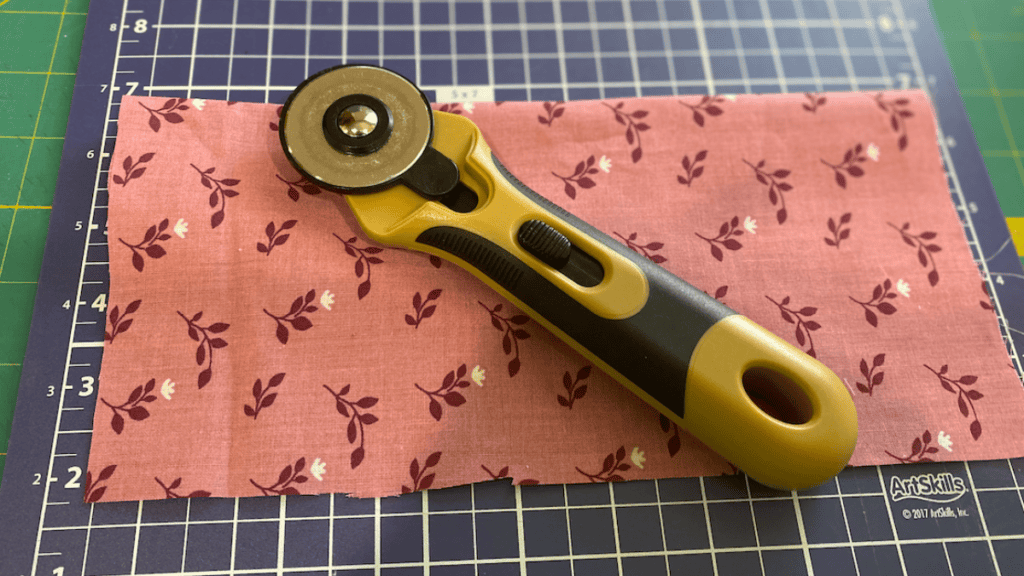
In fabric cutting, mastering a few key techniques can make the difference between a project that looks homemade and one that appears professionally crafted.
It’s all about using the right pair of scissors and understanding how to handle the type of fabric you’re working with for clean, precise cuts.
Cutting Straight Lines
To achieve straight cuts, a clear ruler and a reliable pair of scissors are crucial.
Straight lines are foundational for most projects, and here’s how you nail them:
- Place your fabric on a flat surface.
- Lay a clear ruler along the line to be cut.
- Hold the fabric steady and snip along the edge of the ruler.
Remember, long, smooth cuts are better than multiple short snips for a clean cut.
Working with Layers
When cutting layers of fabric, keep these points in mind:
- Align edges neatly before cutting.
- Use scissors that cut all the way to the tip to avoid jagged edges.
This is essential, especially when dealing with large pieces of fabric that need to remain uniform across layers.
Handling Different Fabrics
Each type of fabric has its quirks:
- Slippery fabrics require tension. Hold them taut for more accurate cutting.
- Thick fabrics may need scissors with serrated blades for better control.
Understanding the behavior of various materials helps in producing the most accurate cuts.
Specialized Scissors for Intricate Work
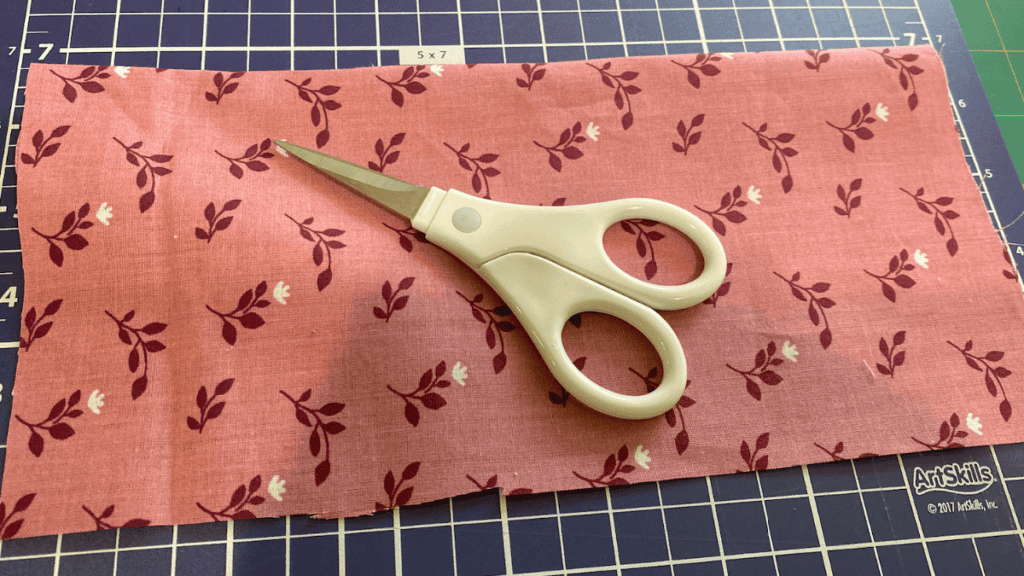
For detailed work, such as textile art or embroidery, embroidery scissors are your go-to:
- Small, sharp, and precise for intricate cuts.
- Ideal for snipping threads or cutting delicate shapes.
Using scissors designed for the task enhances the quality of your work and can save you time and frustration.
Best Scissors for Specific Tasks
Choosing the right scissors for your fabric cutting needs is crucial. The perfect pair can make your job easier and give your projects a professional finish.
Sewing and Dressmaking
For sewing and dressmaking, dressmaker shears are your go-to.
These shears are typically longer than general scissors, making them ideal for cutting long swaths of fabric cleanly.
Look for a pair with a comfortable grip that allows you to cut for hours without strain.
Fiskars fabric scissors are highly recommended as they stay sharp through multiple projects.
Embroidery and Delicate Tasks
If you’re working on embroidery or other delicate tasks, thread snips and small, sharp scissors are essential.
They’re perfect for snipping threads and making tight cuts.
Your first pair should be precise and easy to handle for tasks like appliqué work or trimming excess thread after using a sewing machine.
Arts and Crafts
For arts and crafts, you might want a pair that can handle various materials.
Paper scissors aren’t ideal for fabric, but there are multipurpose scissors with strong blades that can switch between felt craft and decorative paper.
Choose scissors with decorative edges if you’re looking to add a fun design to your craft projects.
Left-Handed Users
If you’re a lefty, left-handed scissors are a good idea.
The blades are reversed, making it easier to see your cutting line without the blade obstructing your view.
Some brands, like Fiskars, offer left-handed fabric scissors ensuring you’re not compromising on the quality of your cuts.
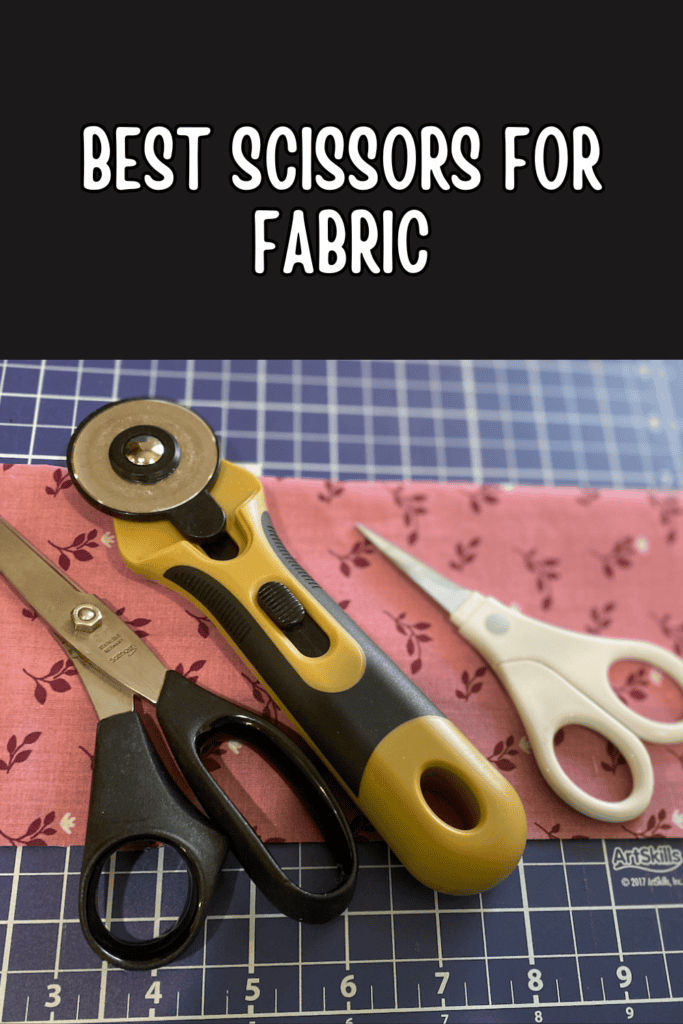
Rotary Cutters
Rotary cutters are a game changer for quilting and cutting straight lines or curves with ease.
A small blade cutter is versatile for different sewing projects, while a larger blade can cut through several layers of fabric at once—great for working alongside your sewing machine.
When choosing a rotary cutter, consider the blade size that fits your specific tasks best.
Ergonomics and Comfort
When it comes to cutting fabric, the right scissors can make your job a breeze or a pain. Your comfort is paramount, especially if you’re working for extended periods.
Reducing Hand Fatigue
Hand fatigue is a real challenge if you’re continuously snipping and cutting.
To keep your hands fresh and ready for action, look for scissors with ergonomic handles.
These are specifically designed to reduce hand strain by fitting the natural grip of your hand.
Here’s a quick layout of features to look for:
- Swivel Action: Scissors that offer a swivel action can greatly reduce strain, as they move with the motion of your cutting.
- Spring-action Handles: These handles do some of the work for you by automatically opening after each cut, meaning less effort on your part.
Handles and Grips
The type of handles and grips on your scissors is a game-changer for both comfort and control.
- Larger Handle Loops: If you have bigger hands or like to use a full grip, larger handle loops on your scissors will give you the space you need.
- Soft Grip: Look for comfortable grip materials like rubber or silicone which can cushion your fingers.
- Plastic versus Metal: Plastic handles are typically lighter than metal, which can make a difference if you’re using them for a long time.
Top Scissors Brands and Models
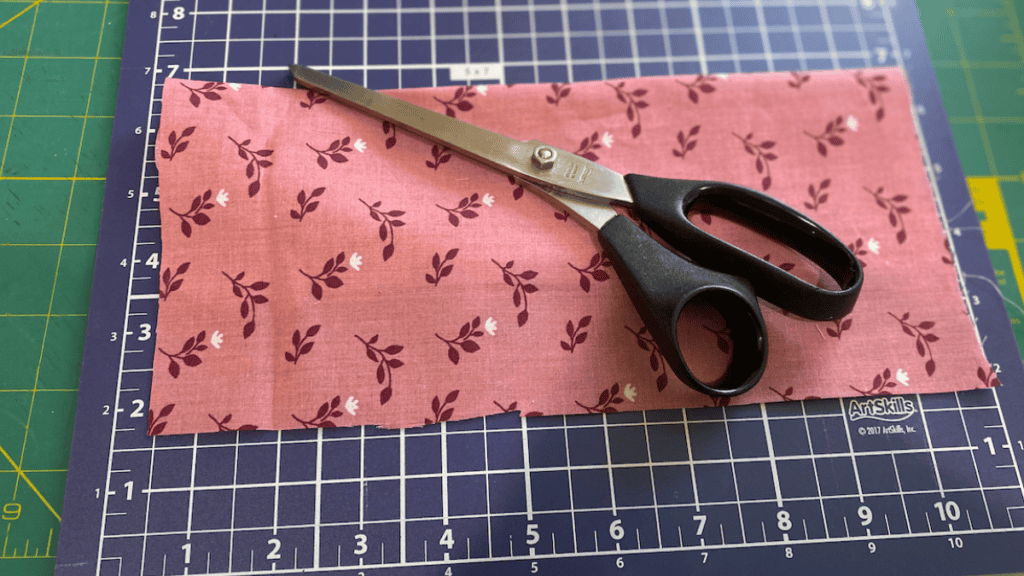
When you’re looking for a new pair of fabric scissors, the brand can be just as important as the model. Here are some of the top picks to consider in both high-quality and affordable ranges.
High-Quality Picks
Gingher 8-Inch Dressmaker’s Shears – Renowned for their quality and precision, Gingher’s dressmaker shears come with a lifetime warranty.
Their blades are sharp enough to cut through several layers of fabric, making them a staple in any sewing kit.
Kai 7000 Series Scissors – If you’re willing to invest a bit more, Kai scissors offer exceptional sharpness and comfort.
- Their professional-grade scissors are perfect for those who are serious about their sewing and demand durability and precision.
Affordable Options
Fiskars 8 Inch Razor-edge Softgrip Scissors – These scissors provide a good balance between affordability and quality.
They are known for their comfort and easy handling, making them ideal for long sewing sessions.
Westcott 8″ Titanium Bonded Scissors – These are a solid choice if you’re looking for a good pair of fabric scissors without breaking the bank.
Their titanium blades stay sharp longer than stainless steel, and they often come with a manufacturer’s warranty.
Purchasing Tips
When you’re eyeing a new pair of fabric scissors, keeping these specific tips in mind will ensure you invest wisely in a tool that ensures ease of use and longevity.
Considering the Investment
- Durability Over Time: Look for a good pair of fabric scissors that promises durability to last a long time without frequent replacement.
- Cost vs. Quality: It’s often worth paying a bit more upfront for a pair of scissors that will make every cut cleaner and last longer, which proves more cost-effective over time.
Ensuring a Clean and Precise Cut
- Blade Material: Opt for high carbon stainless steel blades as they maintain sharpness for consistently cleaner cuts.
- Comfortable Handles: Ensure your scissors have ergonomically designed handles. They contribute to the ease of use and overall cutting precision, saving you from hand fatigue during long cutting sessions.
Fabric Giveaway
Enter our monthly fabric giveaway. Simply complete the tasks daily and you will be entered into the drawing. Winner will be randomly drawn on the first day of the month and notified via email
